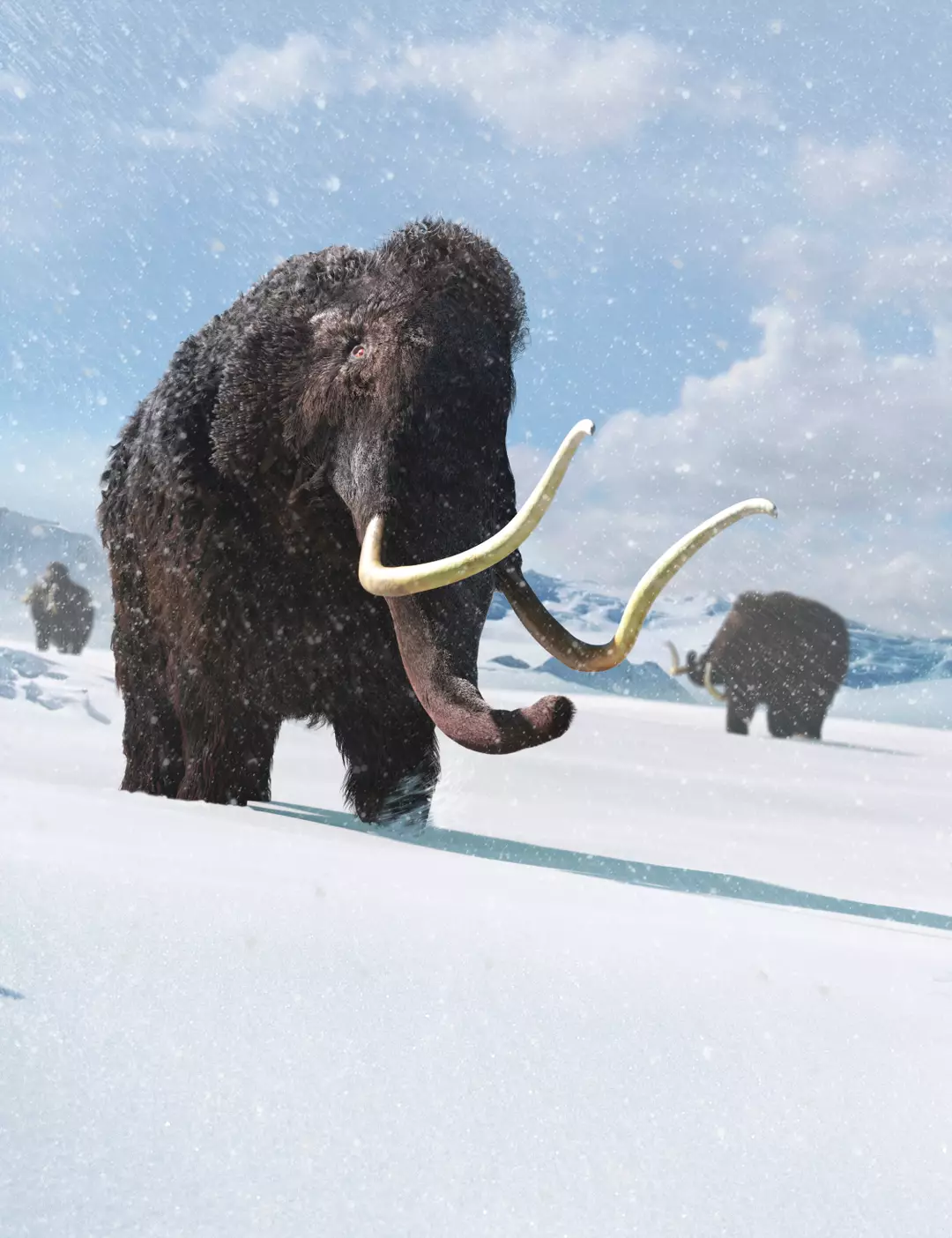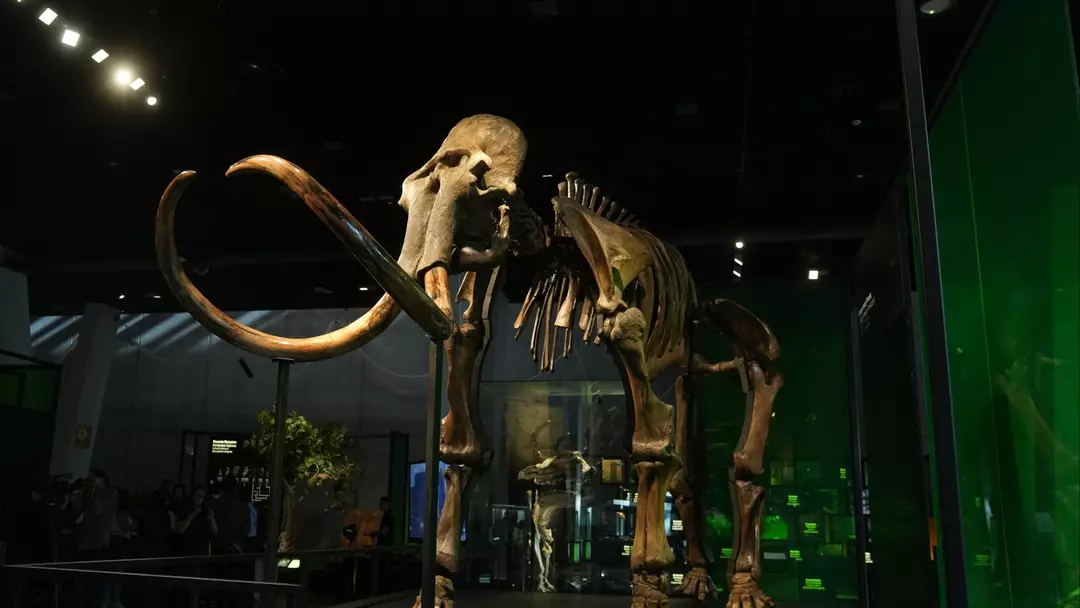A scientific breakthrough may have brought us closer to reviving the woolly mammoth.
Researchers have been examining Yuka, a baby mammoth discovered in the Siberian permafrost, found in an exceptionally preserved state despite being thousands of years old.
Yuka’s condition is so pristine that there might be a possibility to sequence RNA, or Ribonucleic acid, from this 39,000-year-old specimen.
This RNA extraction is the oldest successfully retrieved from a long-extinct species.
Dr. Emilio Mármol from the Globe Institute in Copenhagen stated: “Our methods and results could indeed inform and help the efforts aimed at ‘de-extincting’ certain renowned animals.”
Beyond mammoths, other extinct species such as the dodo and the Tasmanian tiger might also be candidates for cloning.

Professor Love Dalén, a professor in evolutionary genomics at Stockholm University and co-author of the study, noted that while this does not make mammoth cloning immediately feasible, it establishes a foundation for further research.
In an interview with The Telegraph, Professor Dalén said: “Indirectly, the study has relevance in the sense that recovering RNA could in future studies give useful insights on which genes are important for the development of certain traits.”
This research is also pivotal in understanding the development of specific genetic traits.
However, cloning an extinct species raises numerous other concerns.

For instance, how would the fetus be gestated?
One proposed solution is using an elephant as a surrogate mother for the mammoth fetus, which brings a host of ethical dilemmas.
Upon birth, the mammoth would be a distinct species from its elephant surrogate, potentially causing distress for both the mother and the newborn mammoth.
Consider the scenario of being impregnated via IVF and then giving birth to a chimpanzee.
There’s also the challenge of cultivating and sustaining a viable population, as these mammoths would be genetic clones, leading to a limited genetic diversity akin to a “gene puddle.”
Meanwhile, numerous living species face extinction due to human activities, such as fossil fuel consumption.
Although the notion of resurrecting a mammoth is fascinating, prioritizing efforts and resources to save currently endangered species could yield more immediate benefits.

